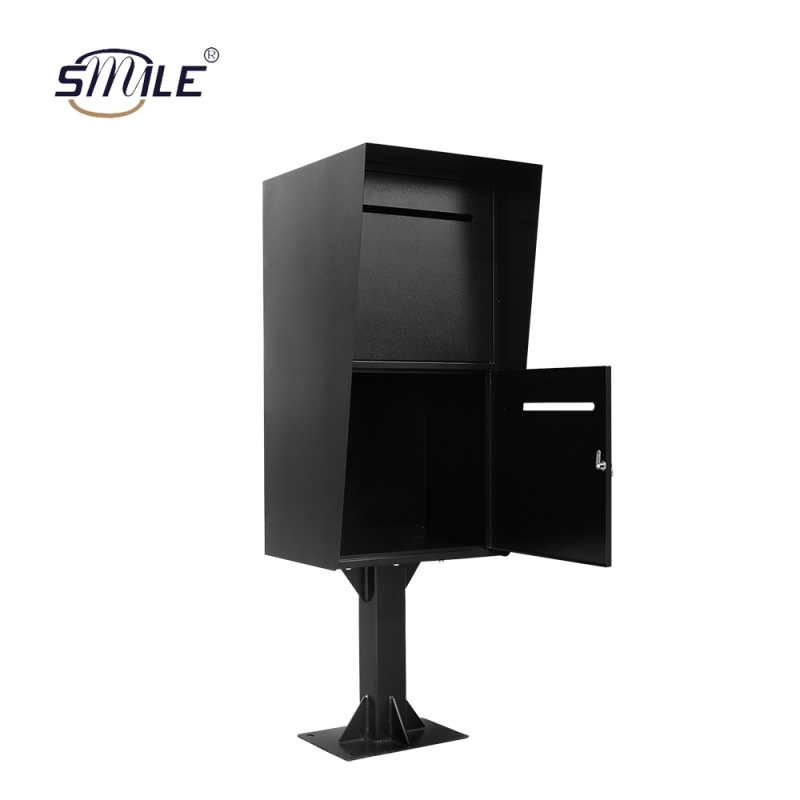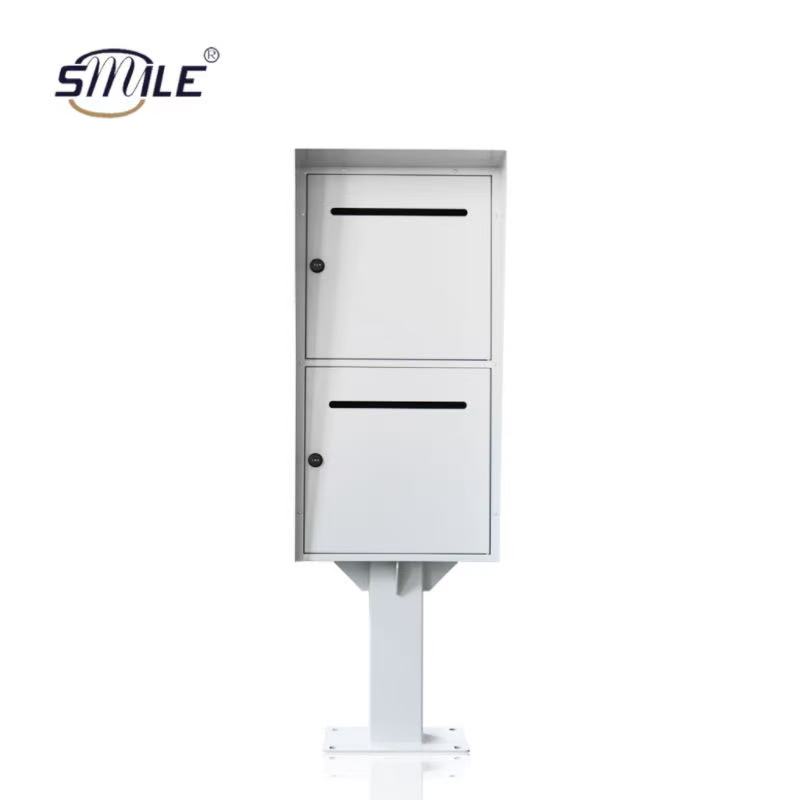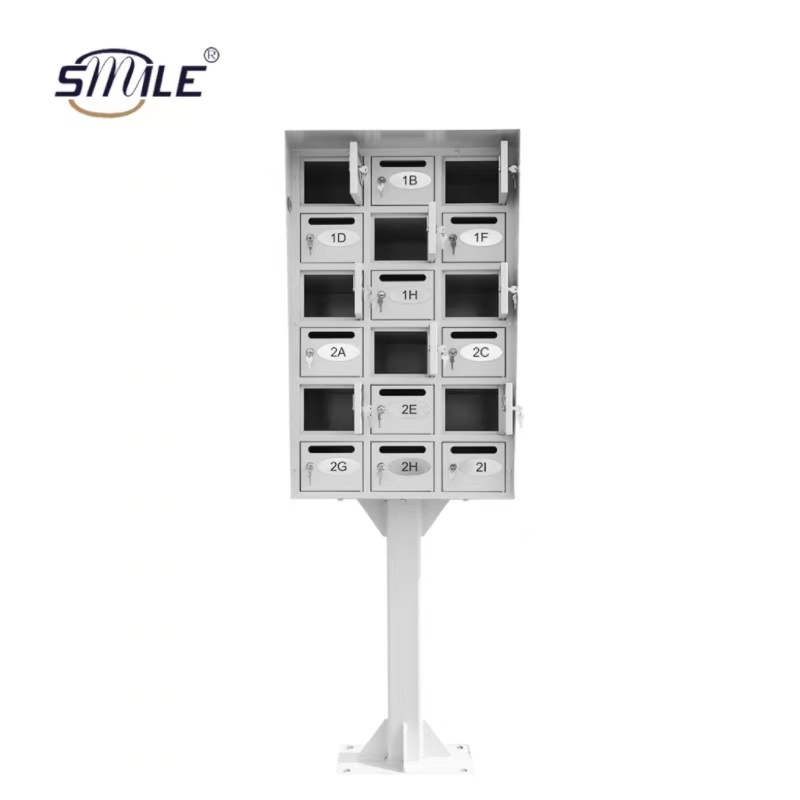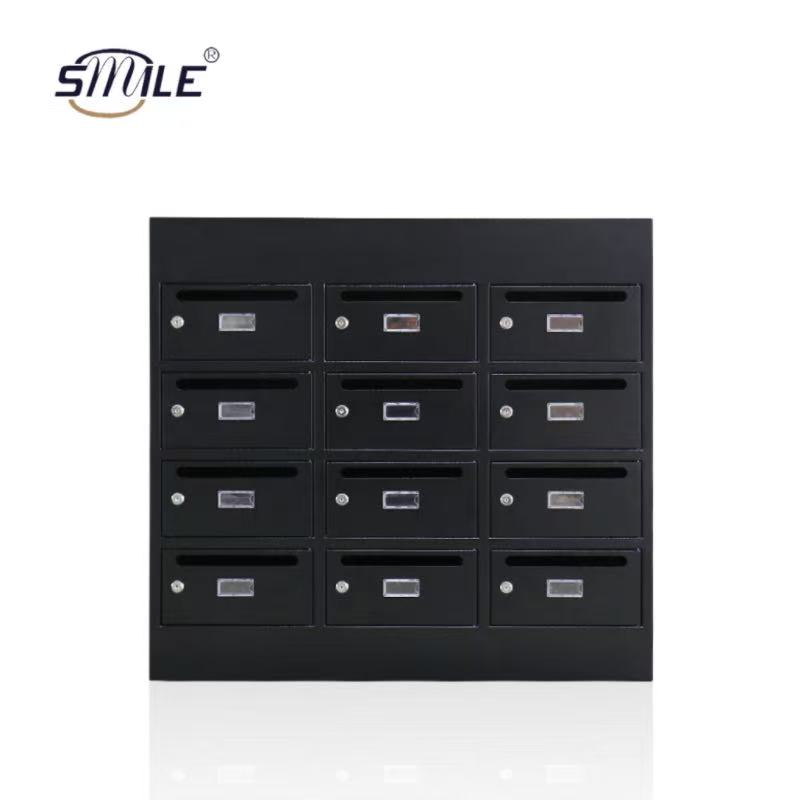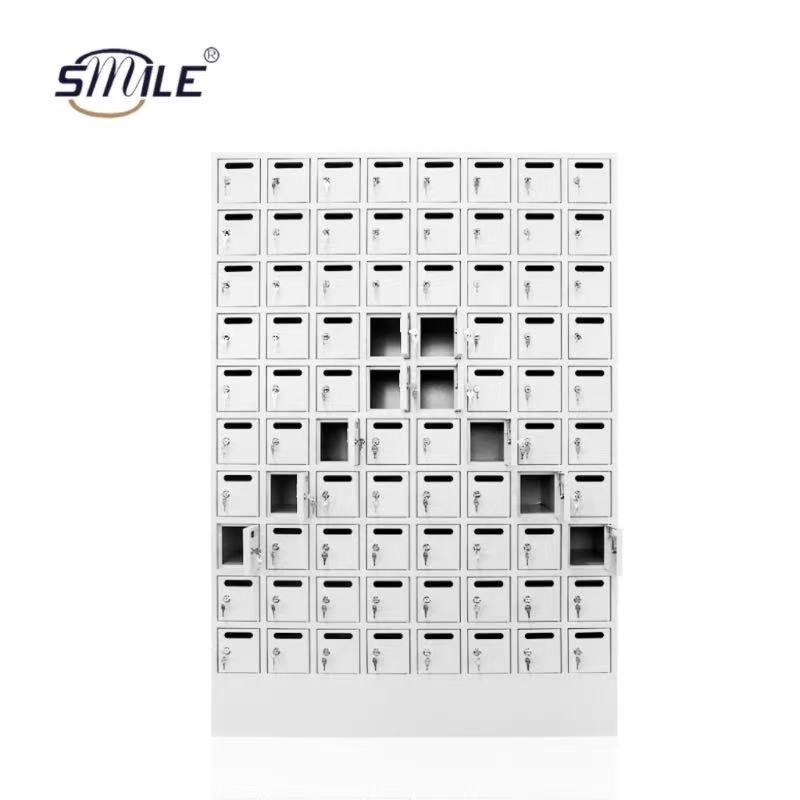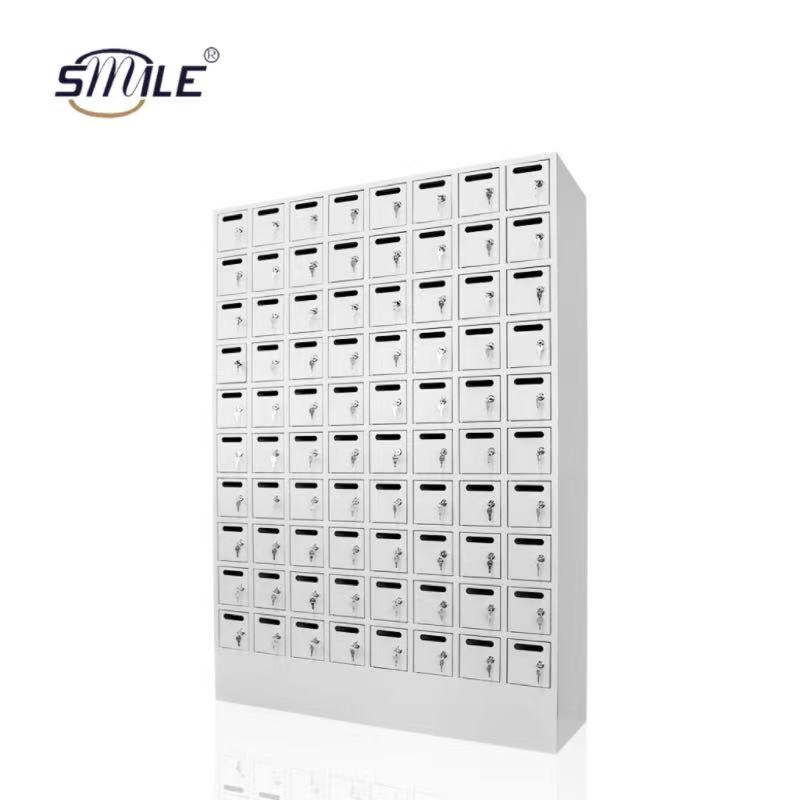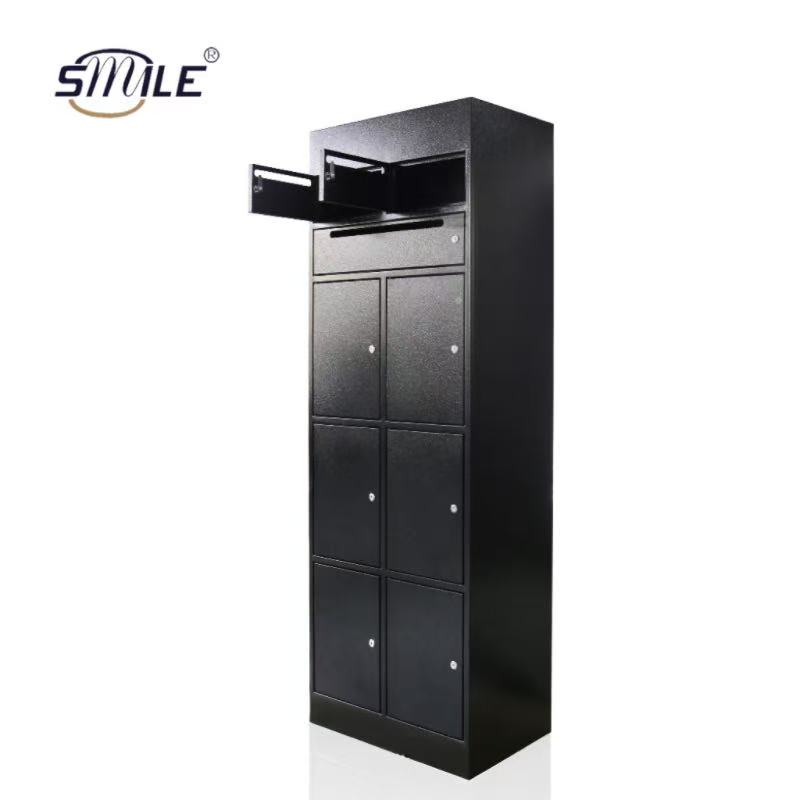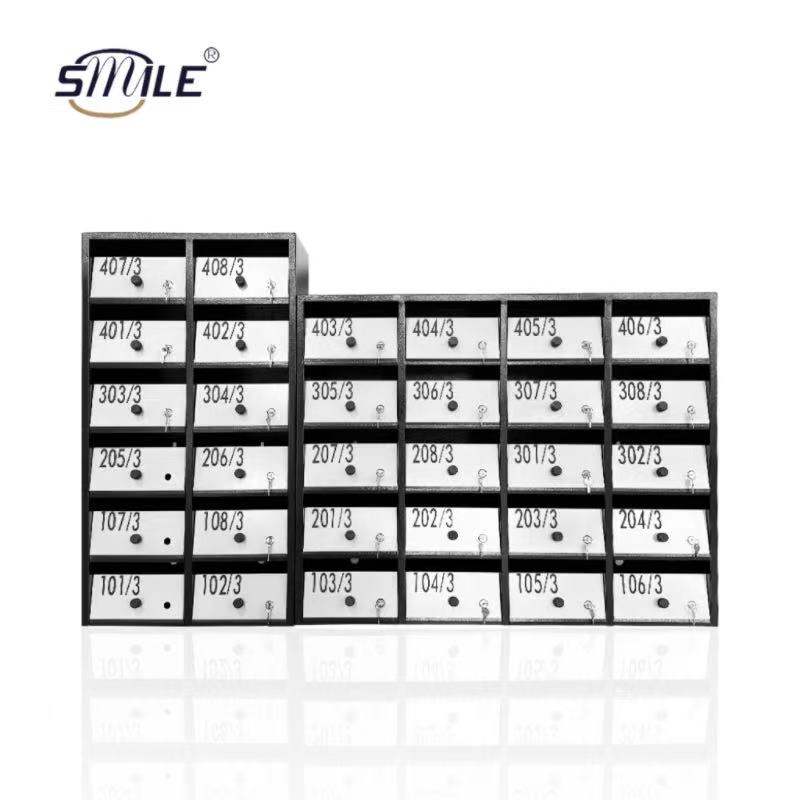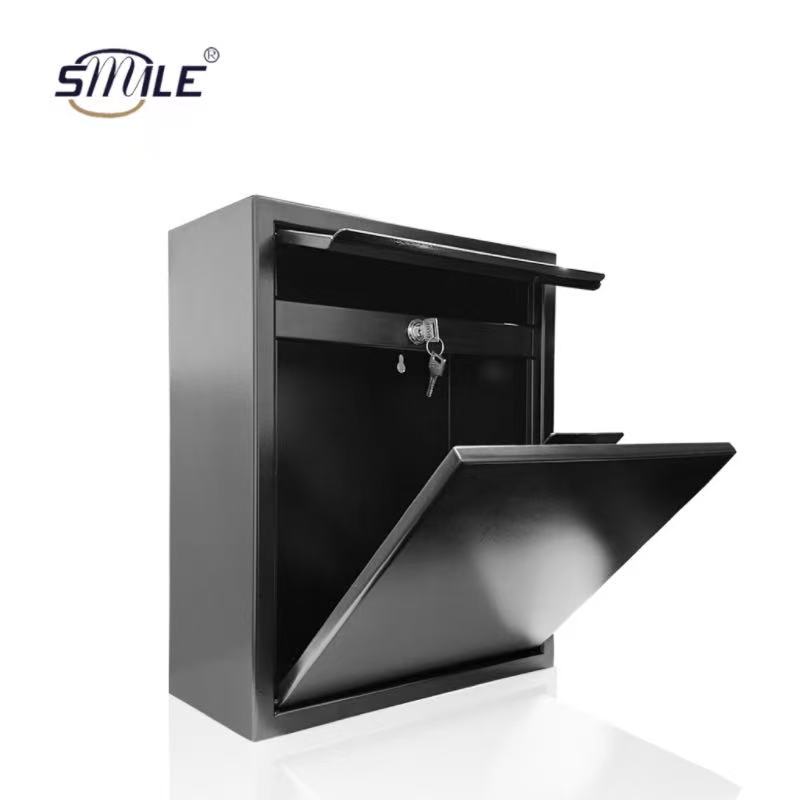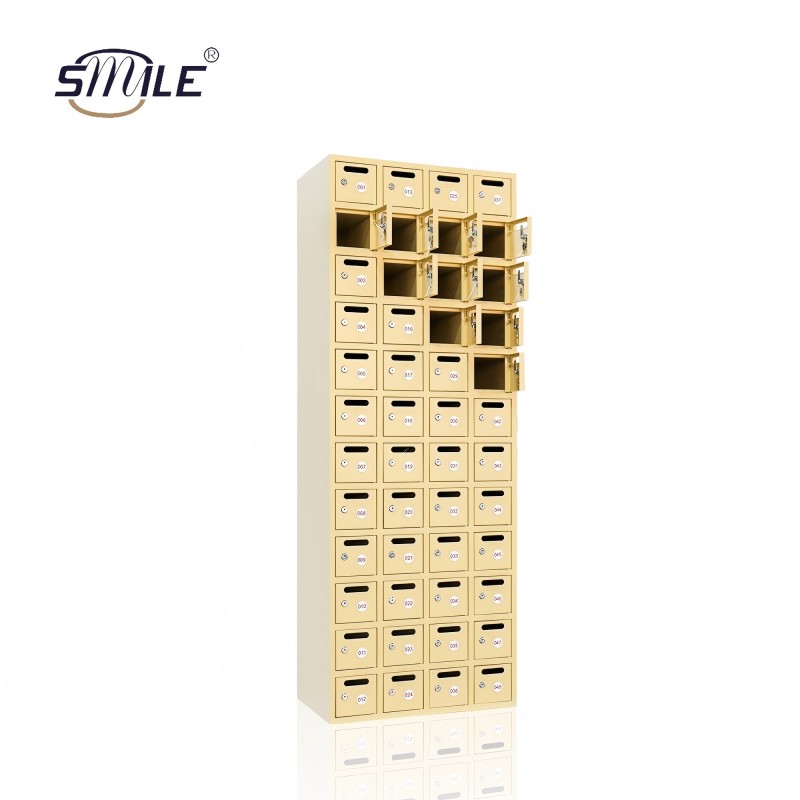No two sheet metal fabrication projects are the same.
Each metal has unique physical and chemical properties that dictate their application in specific areas. That's why a variety of metals and their properties need to be considered when choosing a material for your next project.
However, this can be difficult to do without the right knowledge and experience. That's why CHNSMILE breaks it down for you in its latest blog, where CHNSMILE will discuss the different types of metals, their properties, and their uses below.
A few common types of metals and their properties and applications are described below.
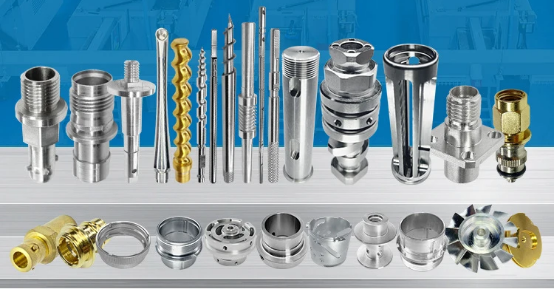
What is the difference between non-ferrous and ferrous metal?
————————————————————————————————
Ferrous metal:Represented mainly by iron, they are characterised by high strength and low cost and are widely used in construction and manufacturing.
Non-ferrous metal: A wide range of metals with excellent electrical and thermal conductivity and corrosion resistance, widely used in electrical, aerospace and consumer products.
What are the different types of metals?
————————————————————————————————
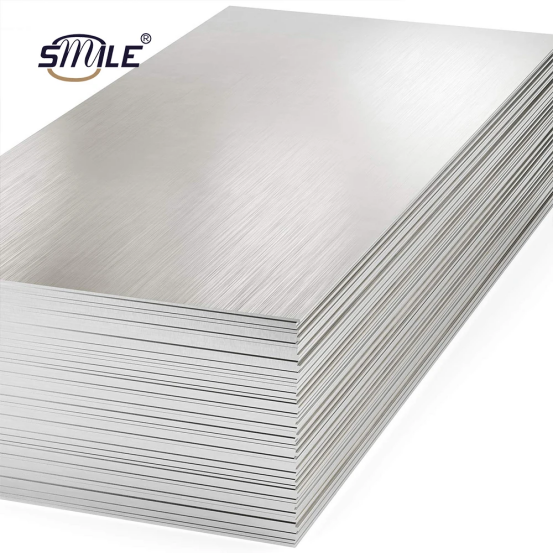
1. Iron and steel
Properties: Iron is one of the most commonly used metals and has good strength and toughness. Its hardness makes it more resistant to friction and wear and tear, durable and malleable, lightweight, highly resistant to corrosion, ferrous metal
Applications: Iron and steel are among the most important materials used in the construction industry to make reinforced concrete structures, bridges, house frames, etc.. Steel and iron are also major components of automobiles, ships and railway vehicles. In the field of machine building, iron and steel are also widely used in the production of various tools and equipment.
2. Aluminium
Properties: Aluminium is a lightweight metal with good electrical and thermal conductivity and is resistant to corrosion. Aluminium is both lightweight and flexible. Although aluminium does not rust, it will corrode, non-ferrous metals.
Applications: Due to its light weight, aluminium is used in a large number of applications in the aerospace industry, such as the manufacture of aircraft fuselages and parts. Aluminium is also commonly used in the production of everyday consumer goods such as beverage cans, kitchen utensils, door and window frames. In addition, due to its excellent electrical conductivity, aluminium is also used as a material for wires and cables.
3. Copper
Properties: copper has excellent electrical and thermal conductivity, easy to process and form, good corrosion resistance, high antibacterial properties, non-ferrous metals
Applications: Copper is one of the most commonly used conductor materials in electrical engineering and is widely used in wires and cables, motors and transformers. In the construction industry, copper is used to make water pipes and decorative items. Copper is often used in applications where corrosion resistance and low friction are required. This includes door locks, hinges, gears and pipes. Copper is also popular in the jewellery industry because it is affordable and has a high shine when polished.
4. Zinc
Properties: Zinc has good corrosion resistance and can be attached to other metal surfaces by electroplating or hot-dip galvanising to improve its corrosion resistance.
Applications: Zinc is mainly used for the anti-corrosion treatment of steel products, such as galvanised steel pipes, fasteners and automotive parts. In addition, zinc alloys are used for casting various small parts, such as toys and decorative items.
5. Titanium
Properties: Titanium is a high-strength, low-density, high-temperature and corrosion-resistant metal.
Applications: Titanium and its alloys are widely used in aerospace and medical implants due to its excellent biocompatibility and corrosion resistance. In addition, titanium is used in the manufacture of high-end sports equipment, jewellery and other products.
Conclusion
————————————————————————————————
Each metal has its own unique properties and scope of application. Understanding these properties helps us to select the most appropriate materials for different application scenarios, thereby increasing efficiency, reducing costs and meeting specific needs. As technology advances, the development of new materials and optimisation of the properties of existing materials will continue to drive the widespread use and development of metallic materials in various fields.

